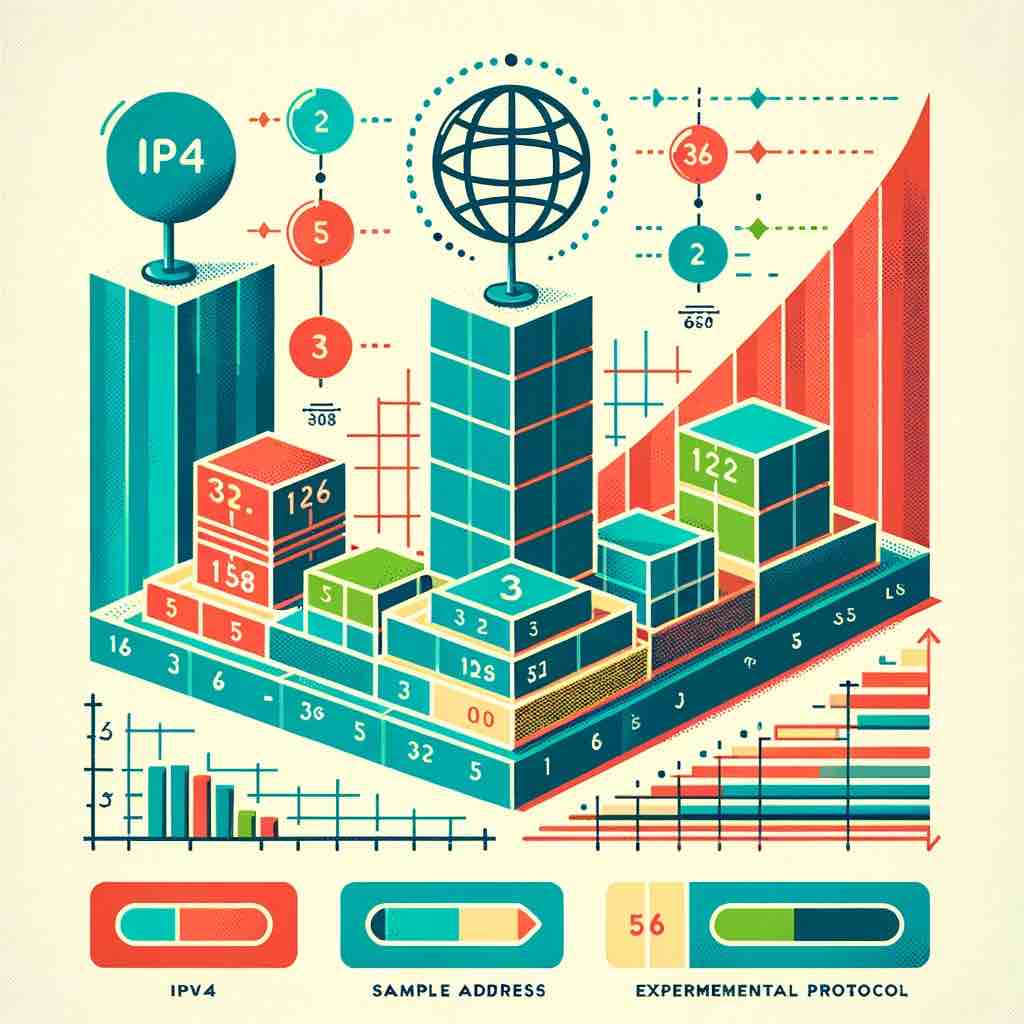Introduction:
In the intricate web of networking, the choice between public and private IP addresses is a pivotal decision that shapes the architecture and security of a network. This article explores the characteristics, applications, and implications of public and private IP addresses, aiding in making informed decisions for efficient network management.
1. Public IP Addresses:
Definition: Public IP addresses are globally routable and can be accessed over the internet.
Applications: They are crucial for resources directly accessible from the internet, like web servers and load balancers.
Pros and Cons:
- Pros: Direct accessibility, ideal for hosting public-facing services.
- Cons: Limited in number, requires active security management.
2. Private IP Addresses:
Definition: Private IP addresses are reserved for use within a private network and are not routable over the internet.
Applications: Ideal for internal communication within an organization’s network, providing an additional layer of security.
Pros and Cons:
- Pros: Flexibility in address management, enhanced security.
- Cons: Require technologies like Network Address Translation (NAT) for internet access.
Comparison of Public and Private IP Addresses
Criteria | Public IP Addresses | Private IP Addresses |
Internet Accessibility | Accessible globally, directly from the internet. | Not accessible directly from the internet. |
Applications | Web servers, public-facing resources. | Internal communication within a closed environment. |
Security Management | Requires active security measures. | Provides an additional layer of security by being non-routable. |
Recommendations
Security Measures
As public IP addresses are directly accessible from the internet, robust security measures are paramount. Utilize firewalls, intrusion detection and prevention systems (IDPS), and regular security audits to fortify public-facing services against potential threats.
While inherently more secure due to their non-routable nature, private IP addresses should still be safeguarded within the internal network. Employ network segmentation, VLANs (Virtual Local Area Networks), and access controls to restrict unauthorized access.
Network Address Translation (NAT)
Since private IP addresses are not routable on the internet, NAT plays a crucial role in facilitating internet connectivity. Implementing NAT allows private devices to access resources on the internet through a single public IP address, adding a layer of abstraction that enhances security.
Scalability and Address Management
Given the limited availability of public IP addresses, effective address management is crucial. Consider implementing IPv6 alongside IPv4 to address the growing need for unique identifiers. This future-proofs the network infrastructure and ensures scalability.
Private IP addresses offer flexibility in address management within the closed network. Utilize address ranges strategically, considering the potential growth of the internal network. Regularly review and update IP address allocations to avoid conflicts.
Documentation and Monitoring
Maintain comprehensive documentation of IP address allocations. This includes details such as device associations, usage patterns, and any changes made over time. Implement network monitoring tools to track IP address utilization, detect anomalies, and ensure efficient resource allocation.
Regular Audits and Updates
Conduct regular audits of IP address allocations to identify and rectify any discrepancies or unauthorized allocations. Stay informed about changes in IP address standards and best practices, updating the network infrastructure accordingly.
Addressing Compliance and Regulatory Requirements
Depending on the industry and geographical location, there may be specific compliance and regulatory requirements regarding IP address management. Ensure that the chosen IP address strategy aligns with these standards to avoid legal and operational complications.








